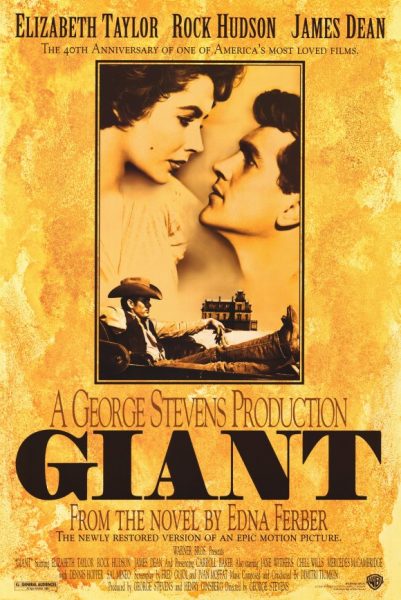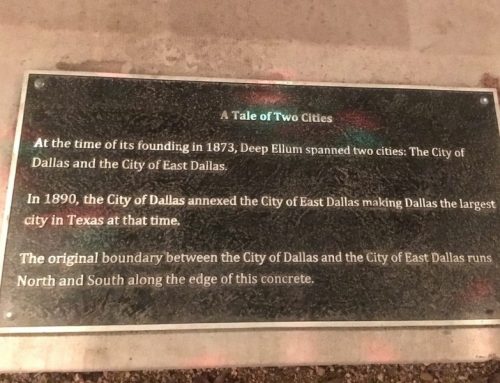
“Giant” screened recently at the Texas Theater.
It would seem that a reporter from Popular Mechanics, a national magazine (oooh) embedded among us movie dorks at Texas Theater during Sunday’s screening of “Giant.”
The resulting piece about the famous/infamous theater (whose owners, by the way, just bought a Denton cinema) tenders an infrequently if ever seen angle on the theater that “has secured its place in history as the location where police took Lee Harvey Oswald into custody following the assassination of president John Kennedy.”
He adds a provocative slant. The Popular Mechanics article proffers a provocative slant, haha.
“There are secrets tucked away here that predate the building’s moment of infamy,” writes Joe Pappalardo, who, being a Popular Mechanics writer, proceeds to discuss in techy-mechanical-technical terms the evolution of film.
And it is crazy good, touching on the rarity of film, but how it’s not dead thanks to a few hip, hot, top-notch directors insisting on its use—he mentions Tarantino; I’d have highlighted Paul Thomas Anderson, but I digress— and how it’s really tough to screen an actual film.
Seriously. Tough. Texas Theater’s projectionist Ryan Culbert must run more than 4 miles of film on 11 reels to complete the three-and-a-half-hour runtime of this 1956 epic.
Anyhoo, I knew Howard Hughes owned the Texas Theater a long time ago, but learned here that he kept these two wall safes upstairs. Texas Theater owner Barak Epstein says they once hired a safecracker who managed to open one. It was empty.
“There was nothing inside, so it was sort of an Al Capone’s vault thing. But maybe we’ll crack the other one to mark another anniversary, and see what’s inside,” he told the reporter.
Popular Mechanics mentions but steers away from the whole Oswald thing and goes satisfyingly mechanic: The safes, reportedly, are a reminder of the days when cinema was a luxury. OK, makes sense.
And how movie projectionist was one of the world’s most dangerous and lethal professions. Wait. What? Now I know from “Inglorious Bastards” that film is incredibly flammable, but that’s not all:

Film was more flammable than a pile of rubber tires. Photo by Danny Fulgencio
The danger associated with movie houses meant projectionists had to be skilled laborers, and strong unions rose with movies’ popularity. … Technical minutia and best practices typically superseded politics. Those industry standards are reflected in the bones of the Texas Theatre today. I honestly love that last sentence, Pappalardo.
“There’s old pipes that indicate that there was a bathroom here,” Epstein says of a current storage closet. “Union projectionists had to stay by the film at all times.”
Film projectionists from 1913 to 1926 had a 135 percent mortality rate compared to the national average, according to a 1942 study (cited in the article)..
Thus, Texas Theater projectionist Culbert truly is a star in his own right. I never knew how rare is his profession. Of course, he’s had to learn all about digital too—don’t we all if we want to hold a job? AmIright?
There are not many projectionists left. The migration to digital projection swept the world around 2005, and by 2015, most of the world’s theaters had been converted. Today’s theaters have projection rooms too small to even consider adding a 35mm or larger film projector.
Fascinating reading for film buffs, who knew: (Popular Mechanics)






Leave A Comment